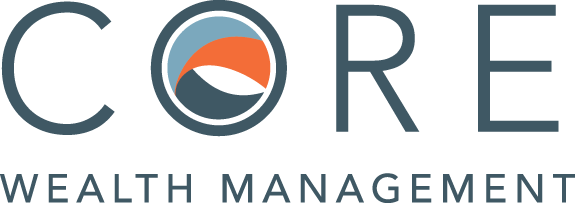 The “yield curve” is a term that is used frequently when discussing the state of the economy. But what is a yield curve to begin with, and what does it have to do with you and your investments?
The “yield curve” is a term that is used frequently when discussing the state of the economy. But what is a yield curve to begin with, and what does it have to do with you and your investments?
Yield curves typically depict the various yields across the range of maturities for a particular bond class. For example, Figure 1 would inform us that a U.S. Treasury bond with a 5-year maturity was yielding 2.4% annually, while a 30-year Treasury bond was yielding 3.4%.

The yield curve is the line that connects the different data points that show the relationship between the yield of a bond and the term of a bond. The shape of the yield curve helps us see the various term/yield combinations available for a bond class at any given point in time.
Just as our body temperature is optimal around 98.6°F (37°C), there’s a preferred equilibrium between bond market terms and yields. “Normal” occurs when short-term bonds are yielding less than their longer-term counterparts. As an investor, with all else being equal, a longer-term bond is a riskier investment than a shorter-term bond and, as such, you would expect a longer-term bond to pay you more for assuming this additional risk.
So, what can we infer from the shape of the yield curve? The shape of the yield curve tells us what investors expect interest rates to do:
- If investors expect rates to rise, the yield curve will slope upward;
- If investors expect rates to fall, the yield curve will slope downward; and
- If investors expect rates to remain flat, the yield curve will look like a flat line.
It is rare, but occasionally, the yield curve may be inverted – this occurs when short-term yields are higher than long-term yields. This typically is the result of the Federal Reserve (or another country’s central bank) tightening monetary policy, i.e., driving up short-term rates to fight inflation.
Bond yield curves are best employed to inform and sustain your durable, evidence-based investment plans, rather than to tempt you into abandoning those plans when interest rates fluctuate or when the yield curve deviates from what is “normal.” It is our position to invest in bonds that offer the highest yield for the least amount of risk. This is why we typically recommend holding only high-quality bonds and striking a balanced middle ground between short-term versus long-term bonds. It’s also why we choose to invest in both US and non-US bonds so that we can diversify across many yield curves across multiple countries.
Contact us today to schedule a consultation to discuss an investment management and retirement planning program that is right for you.

